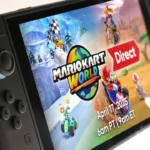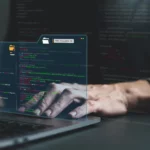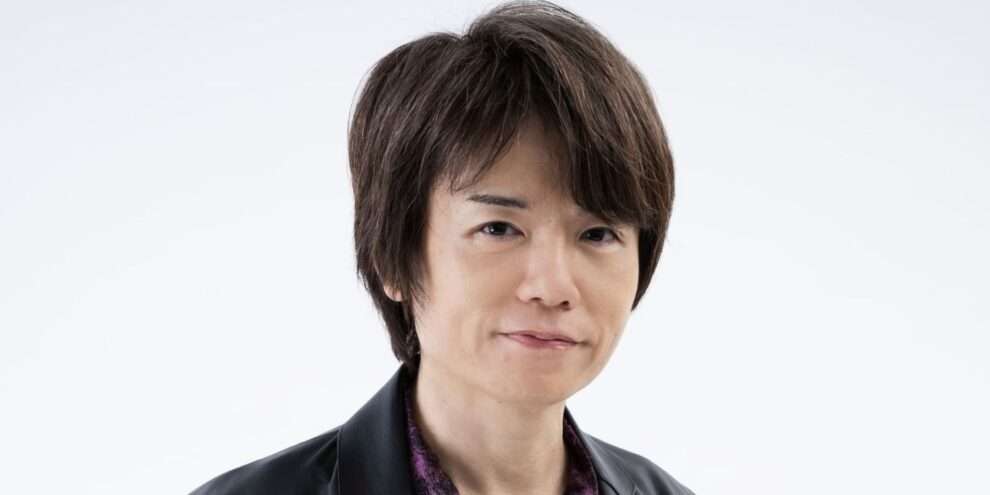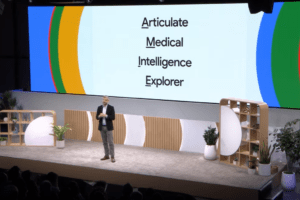The gaming world’s most beloved director has inadvertently highlighted a growing technological challenge. Masahiro Sakurai, the legendary creator behind the Super Smash Bros. series, recently made comments that sent automated translation systems into chaos. This linguistic puzzle emerged just as Nintendo prepared for its latest Direct presentation, creating an unexpected intersection between machine translation limitations and gaming culture.
When Human Nuance Defeats Machine Algorithms
Sakurai, who operates his own wildly popular YouTube channel analyzing game design, frequently shares insights in his native Japanese. His recent remarks about an unspecified game mechanic contained subtle cultural references and industry jargon that completely baffled AI translation tools. The resulting English versions ranged from nonsensical to comically inaccurate, with one bot interpreting a comment about character balance as “the fighters must ride the whale of justice.”
This isn’t the first time Sakurai’s distinctive speech patterns have tripped up translation software. The developer’s tendency to blend technical game design terminology with colloquial Japanese expressions creates a perfect storm for machine learning systems. His frequent use of gaming-specific metaphors and analogies—like comparing frame data to “the rhythm of a traditional festival dance”—leaves AI scrambling for appropriate equivalents.
Nintendo’s Shadow Over Sakurai’s Legacy
Though technically an independent creator since 2021, Sakurai’s career remains inextricably linked to Nintendo. From his early work on Kirby to his decades-spanning leadership of the Smash Bros. franchise, nearly all of his directing credits bear the Nintendo seal. This relationship makes his communications particularly significant whenever the Kyoto giant has announcements pending.
The timing of this latest translation debacle proved especially awkward, occurring mere hours before Nintendo’s June Direct presentation. Fans and journalists alike found themselves poring over garbled machine translations, wondering if Sakurai’s comments might contain hints about potential Smash Bros. updates or other Nintendo projects. The situation highlighted how much weight the developer’s words carry—even when those words get mangled by algorithms.
Why Game Localization Is More Art Than Science
Professional localization teams for major publishers like Nintendo employ human translators who specialize in gaming terminology and cultural context. They understand that direct translation often fails to capture meaning, especially when dealing with:
- Industry-specific jargon (like “hitbox” or “frame advantage”)
- Japanese gaming culture references
- Wordplay that only makes sense in the original language
The Sakurai incident demonstrates why major companies still rely on human experts rather than AI for critical translations. When a single mistranslated term could spark false rumors about character reveals or game mechanics, the stakes become incredibly high in the hyper-reactive gaming community.
The Growing Pains of AI-Assisted Localization
Major tech companies have made significant strides in real-time translation services. Google’s interpreter mode, Microsoft’s AI-powered translations, and other tools can handle basic conversations with impressive accuracy. However, niche subjects like game development expose their limitations.
Sakurai’s case proves particularly challenging because:
- His explanations often involve abstract game design concepts
- He assumes viewers understand Japanese gaming conventions
- His analogies draw from uniquely Japanese cultural touchstones
Even the most advanced systems struggle when a developer describes a character’s movement as “having the sliding sensation of fresh mochi on a cedar board”—a phrase that left one translation bot outputting literal gibberish about “food-based platforming physics.”
What This Means for Gaming’s Global Conversation
As the industry becomes increasingly worldwide, with developers and fans communicating across language barriers daily, the Sakurai incident raises important questions. Major publishers maintain strict control over official translations, but independent creators and fan communities often rely on imperfect automated tools.
The resulting information gaps can lead to:
- Misunderstandings about game mechanics
- False rumors spreading through fan communities
- Cultural context getting lost in translation
Some industry observers argue this may pressure Nintendo to more formally incorporate Sakurai into their official localization pipelines, even for his independent content. Others suggest it demonstrates the need for better specialized translation AI trained specifically on gaming terminology.
A Glimpse Into Gaming’s Linguistic Future
The collision between Sakurai’s commentary and Nintendo’s announcement cycle reveals an evolving challenge in game culture. As developers share more insights directly with global audiences, and as machine translation becomes more prevalent, the industry may need to develop new solutions.
Possible developments on the horizon include:
- Gaming-specific translation algorithms trained on developer terminology
- Crowdsourced translation verification systems for fan communities
- More developers working with bilingual staff for direct communication
For now, Sakurai’s latest linguistic puzzle serves as both an entertaining oddity and a serious reminder that some aspects of game culture still require a human touch. As Nintendo continues its Direct presentations and Sakurai keeps analyzing game design on his terms, fans might need to exercise patience—or start brushing up on their Japanese.
The incident ultimately underscores why, in an age of instant machine translation, there’s still no substitute for the nuance of human understanding, especially when dealing with one of gaming’s most brilliant—and linguistically challenging—minds.
















Add Comment